Whether using an electric or internal combustion engine (ICE) commercial mower, there are strategies to keep a mowing schedule on track, despite the combination of fast-growing grass and unpredictable, spring weather conditions.
To mow or not to mow: that is the question
Waiting for the grass to dry before mowing is ideal, but with mowing schedules to keep, spring weather in Australia often leaves no option but to mow grass when it’s wet or risk missing the optimal mowing window.
Even if it’s still raining, a contractor or groundskeeper will often still have to get out there and mow, regardless of the weather. Rain will not damage commercial-grade equipment. Many electric ride-on mowers are rated IP65, which means they are protected against low-pressure jets of water. Ingress Protection (IP) is a standard that defines how effectively electrical enclosures are sealed against dust, dirt and moisture. Check with your equipment provider to confirm the IP rating of your machine.
The problem with wet grass
Wet grass tends to lie flat, making it harder to achieve an even cut. Mowing wet grass can lead to reduced cut quality and causes extra strain on the machine, which can lead to premature wearing of parts, including blades and spindles. It can also lead to clumping, which damages the grass by preventing the sun and nutrients from reaching the grass underneath. This then leads to a patchy appearance.
Wet grass also increases the risk of safety hazards like slips on slopes or the mower becoming bogged in wet ground. However, electric mowers are less likely to get bogged than their ICE counterparts, as they are generally lighter.
Reducing wet mowing risks
However, there are ways to reduce these risks and make the most of the wet grass situation, including:
- Set up your mower deck for cutting wet grass.
- Clean the deck and maintain your machine.
- Keep the blades sharp.
- Choose the safest time of day to mow slopes or near watercourses.
- Know the best strategies for cutting wet grass and staying safe.
1. Set up the mower deck for wet-conditions
To set up a mower correctly for wet conditions, raise the deck height. A higher deck setting reduces the risk of overworking the mower and improves the quality of the cut.
If your mower allows, angle the back of the deck up by 10 to 20 mm. This adjustment can help manage the volume of grass clippings and prevent clogging, especially under damp conditions.
If the grass is long, remove mulching plates to prevent a build up of grass under the deck.
When cutting, check the grass coming out the back of the mower. If the deck is set up correctly and the blades are sharp, grass clumping should be reduced.
2. Clean the deck
At the end of each day, use an air blower or hose to clean the deck thoroughly to prevent grass from drying and hardening. Wet grass can stick under the deck, which will reduce cutting efficiency. Cleaning the mower daily and thoroughly can improve its performance.
3. Keep blades sharp
Sharp blades are essential for a clean cut, especially in wet conditions. Dull blades damage the grass by tearing, rather than cutting, which not only turns the tops yellow, but increases the risk of a fungal disease taking hold. Grass will stay green right to its ends when cut properly with a sharp blade.
Blunt or damaged blades also increase fuel consumption and the risk of engine failure, especially in ICE mowers.
In Australia, it is more common to replace rather than sharpen worn and blunt blades. However, overseas it is far more common to sharpen the blades, and this significantly extends their lifespan. For rear-throw or side-discharge commercial mowers, sharpen or replace the blades every 100 to 120 hours of use. For rear-discharge mowers with mulch plates, blades may need to be sharpened or replaced around every 50 hours to maintain an efficient mow.
Inspect mower blades weekly to prevent costly downtime. Lift the deck and visually inspect the blades. Run your finger along the edge to ensure they’re sharp and free of notches. If the cutting edge is rounded and worn, sharpen the cutting edge, taking care to ensure the blade is still balanced. (Tip: To check if the blade is balanced, try balancing it on a golf ball!)
If the blade is bent, cracked or otherwise damaged, replace the blade immediately as this is a severe risk. Broken and bent blades can damage the machine or crack while spinning, which is extremely dangerous to life and property.
4. Reduce hazards and stay safe
Open fields or well-drained areas can be mowed at any time of the day. For slopes or areas near watercourses, it’s best practice to wait until midday to start mowing. The grass will be less dewy and, if it has stopped raining, it will be drier than first thing in the morning.
With zero-turn mowers, cutting on slopes requires a different technique, especially in the wet, as all the weight is on the rear wheels where your power, breaking and steering is located. The front wheels are solely designed to keep the front of the mower off the ground.
The risk of mowing up and down hills is twofold. On the up, the weight shifts to the rear of the machine, and any accidental sharp acceleration up steep inclines can cause the machine to flip over backwards.
On the down, the weight shifts to the front of the machine, causing a loss of traction and steering. This can be very dangerous near retaining wall drops, roads or water.
Mowing across the slope is always safer on a zero-turn, providing the machine is rated to traverse the gradient you are on. Check your operator manual.
Starting at the bottom of the slope, work across the incline, make the turn at the end upwards and then come back across the slope working your way uphill.
Once the incline is finished, always descend the slope by tracking across it rather than straight down.
For cutting near waterways, always walk the ground first to ensure it is not too boggy and slippery.
Start your mowing as close to the water course as possible and work away from it. This is best practice mowing for safety on slopes, regardless of the weather. Stay off any muddy or slippery areas. As you mow, your tyre tread is likely to fill with mud and grass, reducing your traction. It is important to cut the more slippery surfaces with clean tyre treads.
5. Strategies to mowing wet grass
Check for debris
Before mowing long grass, visually inspect the area to look for debris that could damage the mower. On a zero-turn mower, your field of vision is lower and you may not notice rocks, branches, bottles and other hazards before striking them.
It’s quicker to walk through the area, removing obstacles at once rather than continually stopping, dismounting and then remounting your mower. It will also give you a better idea of the area allowing you to understand the condition of the ground and areas you will avoid.
Taking shortcuts that lead to mower damage will ultimately lead to longer downtime and impact your mowing schedule.
Mowing long grass
Spring also means longer, thicker grass, which can be tough on any mower.
To prevent mower engine strain and still achieve a clean cut, mow the grass over several passes. If the grass is long, accept that you will need to make at least two passes, possibly more. Faster mowing can strain the engine and reduce the quality of the cut, especially in thick or wet grass.
Some operators will argue that it takes too long to make two passes. However, if mowing in one pass, the operator must factor in the slower time it takes to cut the grass and clear the deck and blades when the grass clumps. Allowing for two passes makes more sense from a time-management perspective.
Using this staged approach to mowing reduces the load on the mower and prevents the blades from becoming overwhelmed. It can also save downtime by not overworking the machine to the point of a breakdown.
Balancing speed with efficiency is essential to protect the mower and the health of grass.
Cut higher
Many councils instruct their contractors and operators to cut the grass to 1.5 inches, believing a shorter cut will mean fewer cuts over the spring and summer seasons. However, cutting at 2.5 to 3.5 inches is better practice. The longer the grass, the slower it grows, which means the grass will present more evenly and neater for longer.
Longer grass also discourages weeds, as it takes more of the moisture from the ground and will also generally out-compete weeds for sunlight. When the grass is longer, a small layer of thatch is also good for the ground, holding in moisture that would otherwise be evaporated, and acting like a ‘weed mat’ until it breaks down. Thatch will also break down faster if the grass is longer, as the sun has less opportunity to dry it out.
In wet conditions, a mower will perform better with a higher cut height. This is especially important when operating the mower with mulching baffles. Many operators are not aware that mulching baffles are designed for high presentation cuts when taking less than 1.5 inches off the top of the grass. This allows for proper mulching without clumping and clogging under the deck.
A 2.5-inch to 3.5-inch cut is also better for the mower as it means the operator will hit fewer branches, rocks and other debris.
Service your mower
Get your mower serviced before the peak mowing season hits.
There is nothing worse than starting the cutting season with an un-serviced machine. Over winter:
- diesel can go bad with a fine sediment and gum forming, which can damage an engine
- blades can go rusty
- oil becomes stale
- belts become brittle.
In Australian conditions, this combination is prone to causing trouble if the machine is put straight to work without a service.
Like collector cars, it is best practice to run mowers every week or two throughout winter to keep oils and fuels from going bad and prevent a build-up of rust.
Even electric machines that do not require engine servicing, belt changes or greasing, it is still important to have your blades inspected, bolts tightened and ensure the machine is in great working order!





_GP-SB09I-160x160-state_article-rel-cat.jpg)
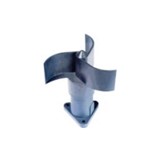
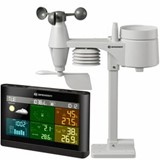






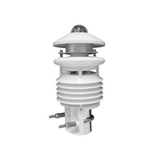
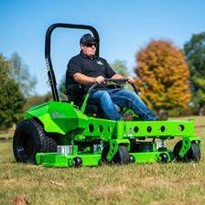
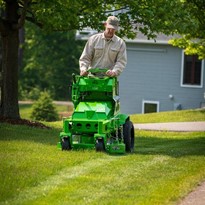
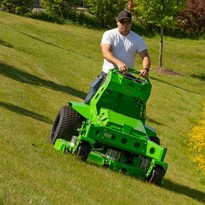
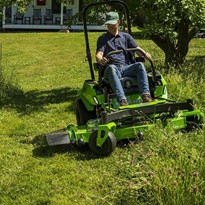
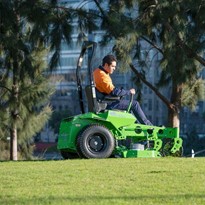
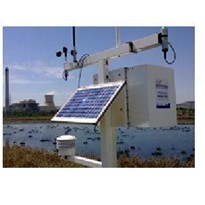
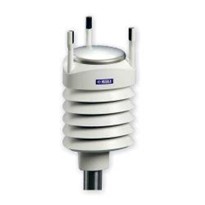

-205x205.jpg)


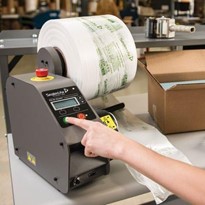
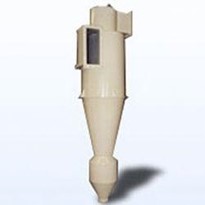
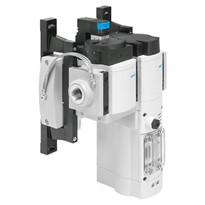
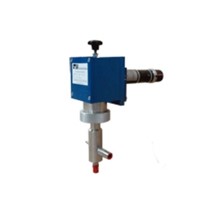

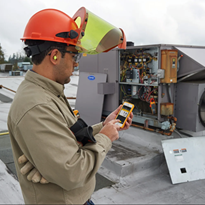


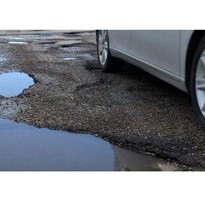

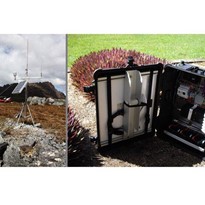
-205x205.jpg)